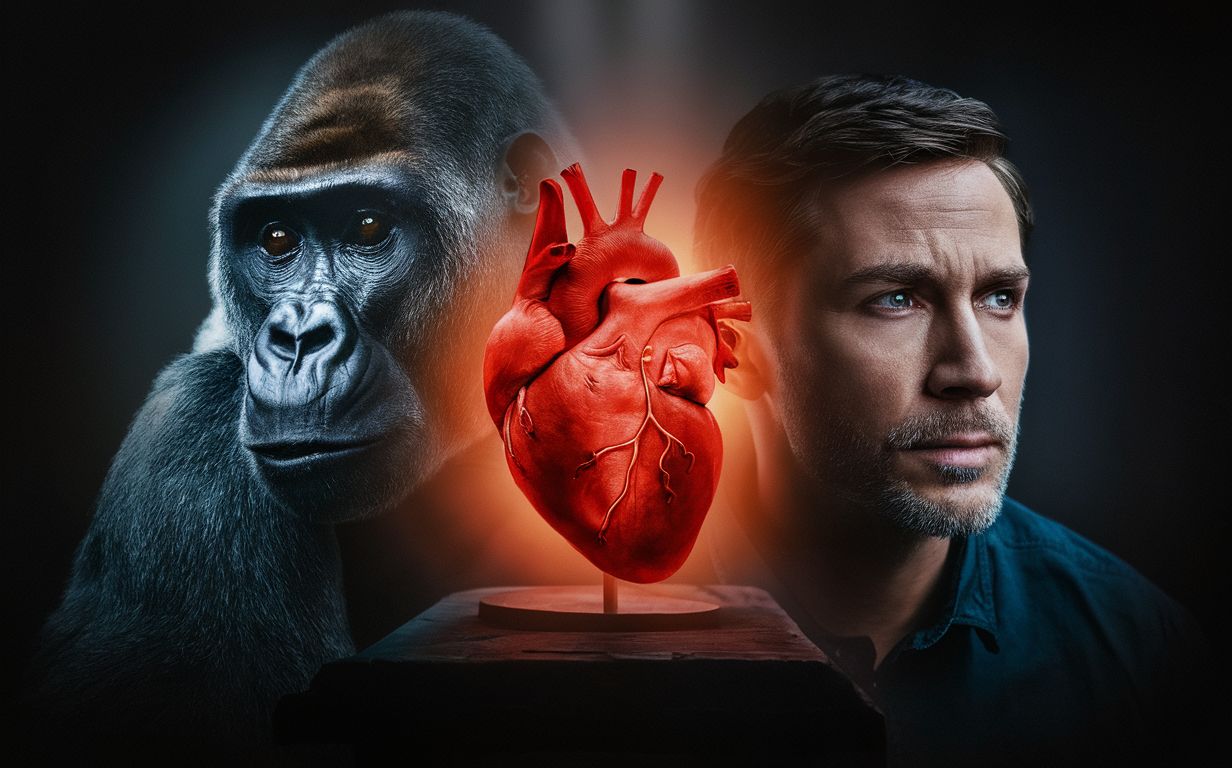Our heart, a pillar of our evolution?
Follow us on Google News (click on ☆)

Although humans and great apes share a common ancestor, humans have developed larger brains and the ability to walk upright, likely for hunting. Now, a new study comparing heart shape and function sheds light on this evolution.
The researchers used echocardiography to produce images of the left ventricle of great apes, revealing muscle bundles called trabeculations. Bryony Curry, a doctoral candidate at the University of British Columbia Okanagan, explains that the human left ventricle is relatively smooth compared to the network of trabeculations in non-human great apes.
The team measured heart movements and discovered that trabeculation influenced its deformation and rotation. Humans, who have fewer trabeculations, exhibit better cardiac function. This could be due to higher metabolic needs, stemming from a larger brain and more intense physical activity.
Humans' ability to cool down by dilating blood vessels near the skin, observable through blushing, is also linked to higher blood flow. Dr. Aimee Drane from Swansea University suggests that this adaptation could be due to selective pressure to adapt to bipedalism and manage thermal stress.
The more trabeculated hearts of non-human great apes might be an ancestral structure, with its function yet to be determined.